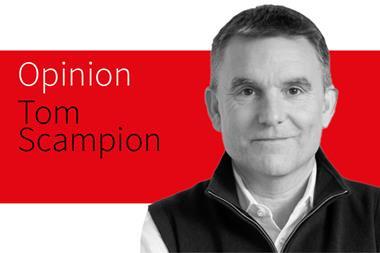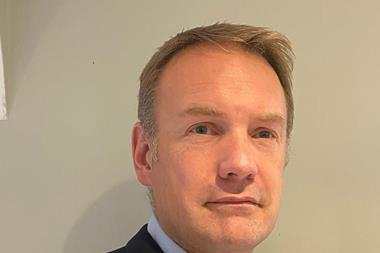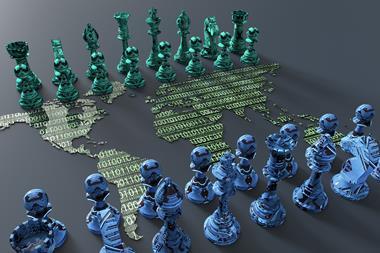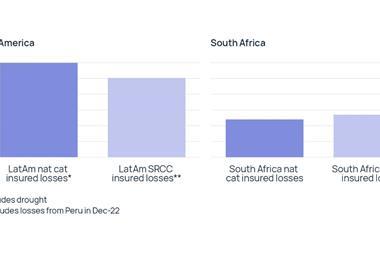Joining forces with the right people at the right time is the best way to combat a crisis
As we move further into 2023, it’s hard not to see the potential economic risks: higher interest rates, continued high inflation, credit deterioration, market volatility, a recession, a surge in oil prices, new flavors of political stability, environmental disasters, and more.
Economists are divided over what will actually happen, but the truth is a host of unexpected events could topple growth and inflation expectations. While (in most cases) we can’t control the risks themselves, what we can control is how we handle them.
Avoiding blind spots
On their own, people tend to fall back on their own experience - assuming that a new challenge is similar to one they’ve already faced. Or that what worked in the past will work again in the future.
This limited perspective often gives them blind spots, harming their ability to adequately assess, plan for, and handle risks.
But when they bring in other experts, across silos, hierarchies, and geographies, they are more likely to view potential risks from many different angles. And then with this knowledge they develop more comprehensive, foolproof solutions.
Let’s take the example of cybersecurity threats.
A company can best prepare for potential breaches by bringing together individuals from many different domains and backgrounds, such as IT, security, procurement, HR, manufacturing and logistics, public relations, legal, and customer service.
They can pool together their knowledge - everything from what employee IT restrictions are in already in place to the potential penalties involved with a data breach - to quantify the risk, and identify the best plan for reducing it further and developing an incident response plan.
All that said, it’s not enough to bring these people together.
Truly smart collaboration occurs only when the right environment is in place: an environment that encourages everyone to share their opinions, listen to others, and even challenge others.
Healthy conflict can help teammates work through issues and come up with more developed solutions.
Build trust
People might know that collaboration yields better outcomes, like lower risk, better risk preparedness, and superior crisis response. But if they don’t have an essential ingredient for effective collaboration - trust - their efforts will be in vein.
Smart collaboration requires contributors to trust one another in two ways. They must believe that others are competent, and that they have good intentions. When competence and interpersonal trust are present, participants can rest assured that teammates will capably do their part of a project, for the good of the whole team.
For example: if an initiative is underway to lessen the impact of changing consumer demand and preferences (say, through developing and implementing a product diversification strategy), contributors must be convinced others are on board with this goal - and not intent, for example, on protecting their territory/maintaining the status quo.
And they must feel others have the skills to make a change. Our research has shown that corporate boards are often not communicative with people below the C-suite, potentially reflecting competence trust issues that are at play.
To cultivate trust in others, it’s helpful to take small steps to prove you’re capable and ethical. Once you’ve established your abilities and good intentions, you can build up to larger and more notable displays to strengthen the trust you’re demonstrating.
Watch Out for Threat Rigidity
Both the idea and manifestation of business risks can be stressful. And research shows that this kind of stress can makes people more risk averse, hindering them from seeking out differing perspectives and relying on others.
They instead fall back on actions and solutions that have worked in the past - a psychological stance that researchers call “threat rigidity.”
The irony is that to combat organisational risks, people need to take risks - in the area of collaboration. Only by teaming up with experts in other specialties, and with other points of view (for example, with different life experiences or behavioral tendencies), can you analyse the many different facets of risk to properly respond.
For example, layoffs are stressful for everyone involved, and anxious managers might focus too narrowly on the immediate operational part of the downsizing. To minimise the associated risks, though, a collaborative, multi-faceted approach is critical so that leaders can address issues like:
- How do we keep surviving employees motivated and engaged? This requires input from a range of front-line managers, employees of different ages and roles, as well as specialists from areas like training and development, performance management, and others.
- How can we best manage the company’s reputation in the external market? For this, you’ll want to engage not only the communications and investor relations functions, but also a wider set of employees who understand how different kinds of stakeholders view layoffs.
Regardless of the specific risks your company is facing, or how the economy shakes out in 2023, you will be well positioned to address these issues if you practice smarter collaboration.
By joining forces with the right people at the right time to assess and problem solve these challenges, you will come up with innovative approaches to lessening the risk, anticipating it, and addressing it.
Ivan Matviak is an executive vice president at Clearwater Analytics, a publicly traded FinTech company. He is also the co-author, alongside Heidi Gardner, of Smarter Collaboration: A New Approach to Breaking Down Barriers and Transforming Work




















No comments yet